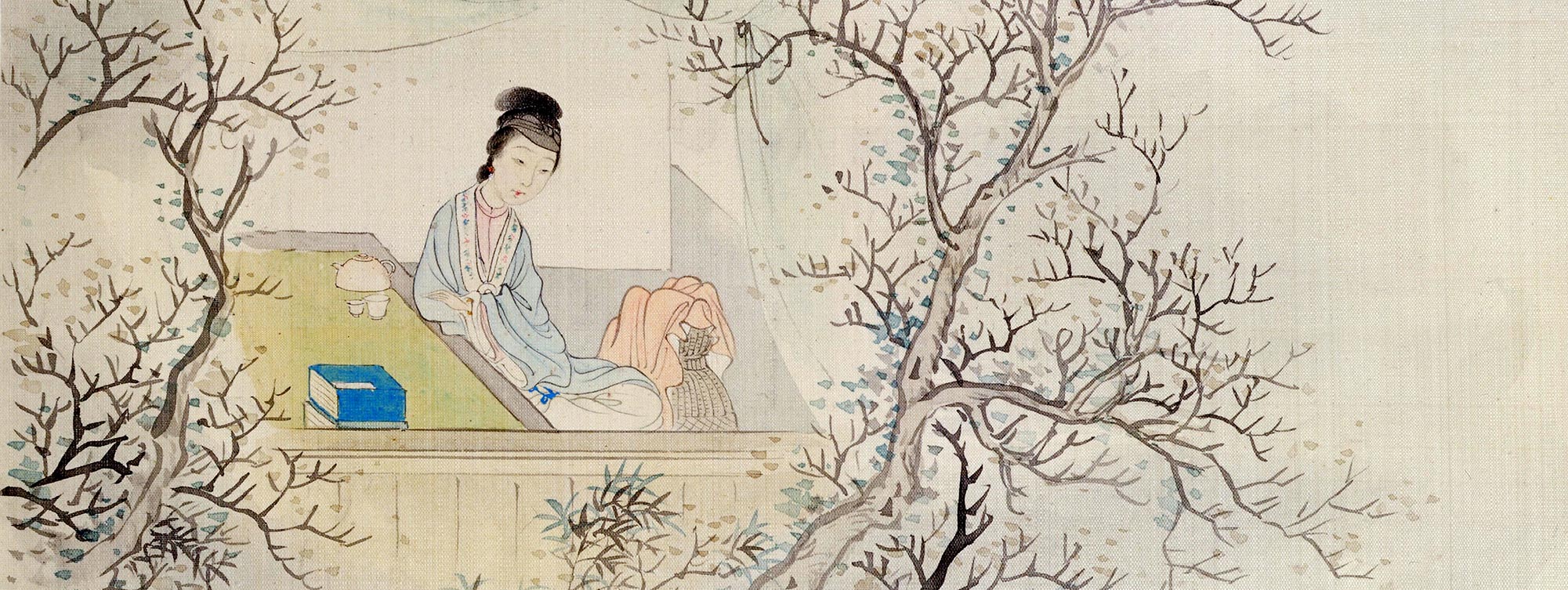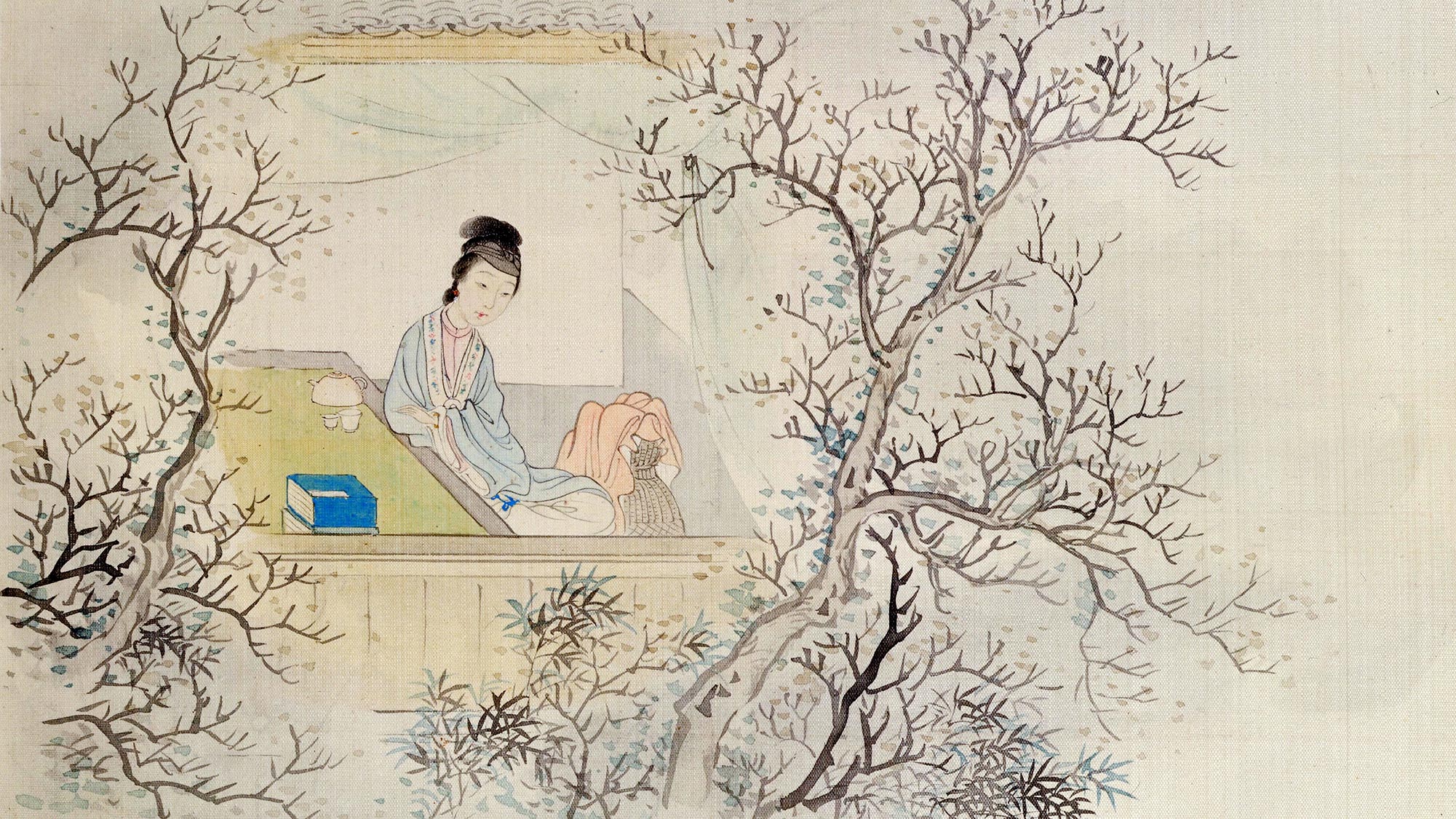Book and Boudoir: Women’s Literacy and “Social Space” in Late Imperial China
Xu Ma
East Asian Languages and Literatures
UC Irvine
It is widely accepted that women’s crippled, cloistered, and victimized existence (epitomized by the cult of widow chastity and foot-binding) reached in culmination in late imperial China (roughly spanning 15th-19th centuries). Meanwhile, in the same historical period, there emerged in China a female reading-writing public thanks to the booming publishing industry and the drastic growth of the literate population. Many scholars, revisiting women’s poems at the time, argued that despite the unapologetically patriarchal society, the proliferating books nonetheless cultivated liberal subjectivities and opening up opportunities for female poets to stretch the gendered boundaries of social, cultural, and economic life. However, a problematic ramification of modern historians’ concentration on the female poets is: the majority of women were still left unknown, due to their moral obscurity and lack of literacy. This research aims to rectify this skewed approach by exploring the printing boom’s effect on all women (well-educated, semi-literate, and illiterate women) and their diverse yet understudied literacy practices. It argues that multiplied printing books diversified the erstwhile stagnant gender discourse, destabilized the hitherto intact textual boundary, and thus engaged women from all social rungs in various literacy activities and textual production.


